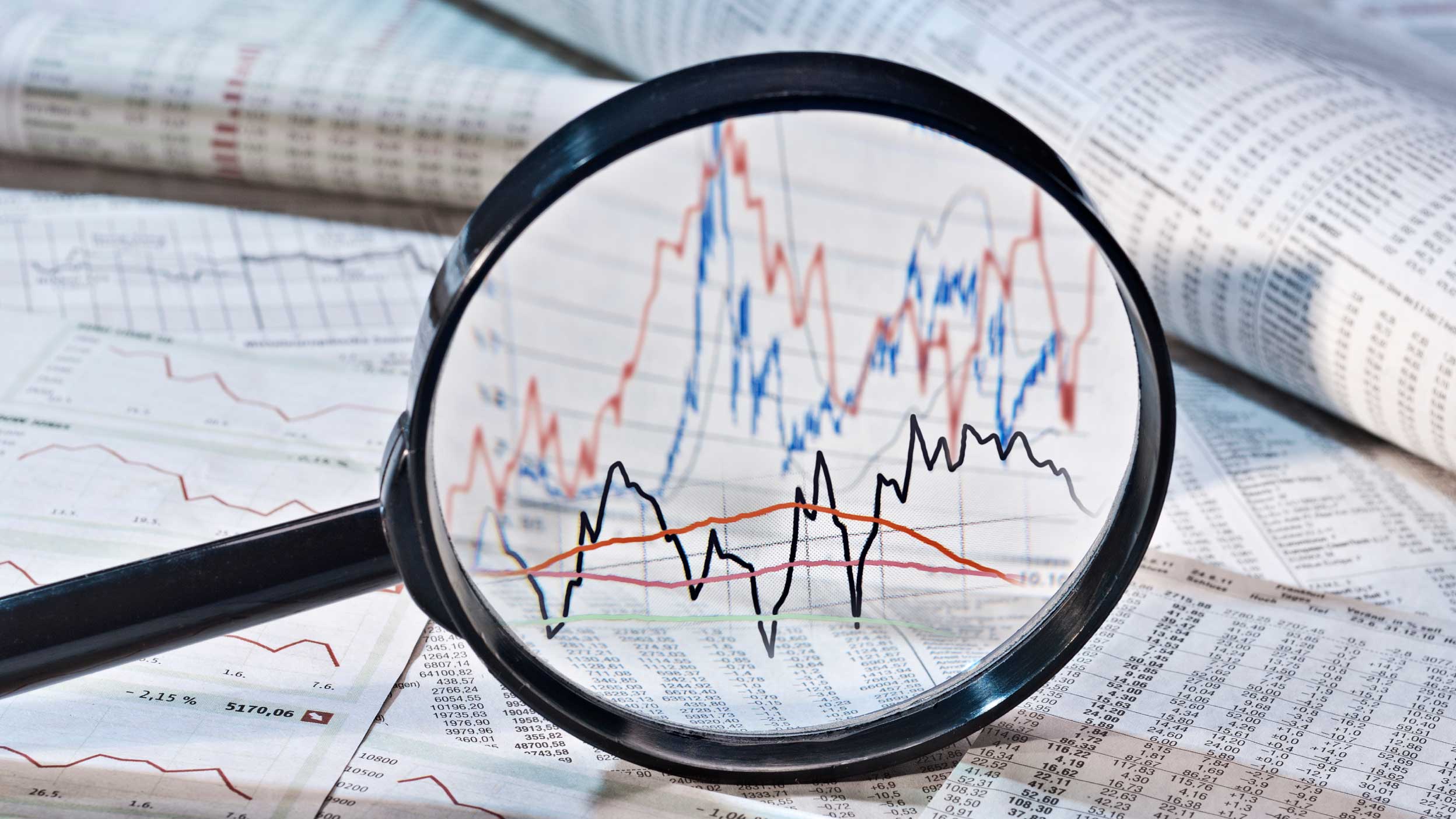
ETC Record quarter sees ETF investors shift their focus towards Europe
The European ETF market had its best quarter in terms of flows. Read the latest to find out more.

Gold had one of its best monthly performances on record, gaining 9.3% in March
Heightened uncertainty around the impact of looming trade tariffs supported the yellow metal
Flows into gold exchange-traded products globally were positive for the fourth-straight month
The gold price gained 9.3% in March, ending the month at an all-time closing high of US$3,124. This built on the metal’s strong start to the year, with the 19.0% return in Q1 the best quarterly performance since Q3 1986.
Gold burst through the psychologically significant US$3,000 level in the middle of March and hardly broke a sweat before ending the month at US$3,124. Weakness in the USD set the tone early in the month, but heightened uncertainty ahead of the scheduled 2 April announcement on US trade tariffs was the main driver. Concerns over the possibility of higher inflation and slower economic growth drove many investors out of risk assets and into what they perceive to be “safe havens”. Positive flows globally into physical gold exchange-traded products provided key support that had been missing during most of 2024, while central banks appear to be continuing their gold purchases.
Source: Bloomberg, as at 1 April 2025. Past performance does not predict future returns.
Market participants spent the first part of the month digesting economic data and the impact of a weaker USD and a tick up in real yields, with higher inflation expectations. A sharper slowdown in US economic growth increases the chance of Fed interest rate cuts, which would normally be positive for the yellow metal. The gold price eventually broke through US$3,000 in the US on Friday 14 March, and in London the following Monday. The yellow metal would go on to set further records, eventually closing out the month at a new all-time high closing price, as global markets geared up for the “Liberation Day” announcement on tariffs.
An estimated 75 tonnes of gold was purchased via physical gold exchange-traded products globally during the month (Bloomberg, “Total known ETF holdings of gold”, to 31 March 2025). This source of gold demand was absent for most of 2024, when the gold price was continually setting record highs, but investors have returned to the market in 2025 even as (or perhaps because) gold broke through what could be seen as psychologically significant price levels.
Source: Bloomberg, as at 1 April 2025. Generic Inflation Index US 10-year government bond or real yield on generic 10-year TIPS (TIPS = Treasury Inflation Protected Security).
The US Dollar was markedly lower versus a basket of major currencies, as measured by the DXY index, with market participants turning away from the greenback amid concerns over the world’s largest economy. The EUR and GBP are among the currencies that strengthened versus the USD during the period. The US non-farm payrolls report showed a smaller-than-expected number of jobs created in February and a tick up in the unemployment rate, to 4.1% from 4.0%.
Fed Chair Powell said the committee is in no hurry to cut interest rates and is “focused on separating the signal from the noise as the outlook evolves.” Powell’s comments were initially met with a rise in Treasury yields, although real yields would end March unchanged from where they began the month. While the outlook is uncertain, the futures market has priced in three Fed rate cuts in 2025, with the first expected to be at the June meeting.
Source: Bloomberg, as at 1 April 2025.
Keep an eye on …
How governments of the countries that are most severely impacted by the “reciprocal” trade tariffs react, either with their own countermeasures or possibly making concessions to the US. Further escalation in trade wars would probably be the worst-case scenario. Expect a fair amount of “sabre rattling” in the coming weeks but also watch out for the actual response by both governments and individual companies. We have already seen some countries reduce tariffs placed on the US and also some global corporations commit investments in the US. How this all plays out will take time.
Economic data will also be key, as the Fed and other central banks will need to make critical decisions amid what is likely to be a great deal of noise in the coming months. Watch out for signs on the US economy in particular, including the jobs market, inflation, and confidence from both consumers and businesses. These could impact the USD, bond yields, interest rates and gold.
Investment in gold could also be important, not only if the gold price continues to climb, but also for the reaction by investors on any price dips. Technical indicators suggest gold is in overbought territory, so it wouldn’t be a huge surprise to see downward moves at least for short periods. Look out for whether investors are buying on the dip and also for continued central bank purchases.

The European ETF market had its best quarter in terms of flows. Read the latest to find out more.

Invesco Private Credit’s Kevin Petrovcik discusses new developments for AAA-rated Collateralised Loan Obligation (CLO) note investments and their potential advantages.

Bond markets struggled in March, primarily due to concerns about the potential impact of upcoming US policies. Read our latest thoughts on how fixed income markets fared during the month and what we think you should be looking out for in the near term.
The value of investments and any income will fluctuate (this may partly be the result of exchange rate fluctuations) and investors may not get back the full amount invested.
Data as at 1 April 2025 unless otherwise stated. Source: Bloomberg.
This is marketing material and not financial advice. It is not intended as a recommendation to buy or sell any particular asset class, security or strategy. Regulatory requirements that require impartiality of investment/investment strategy recommendations are therefore not applicable nor are any prohibitions to trade before publication. Views and opinions are based on current market conditions and are subject to change.
EMEA4379130/2025